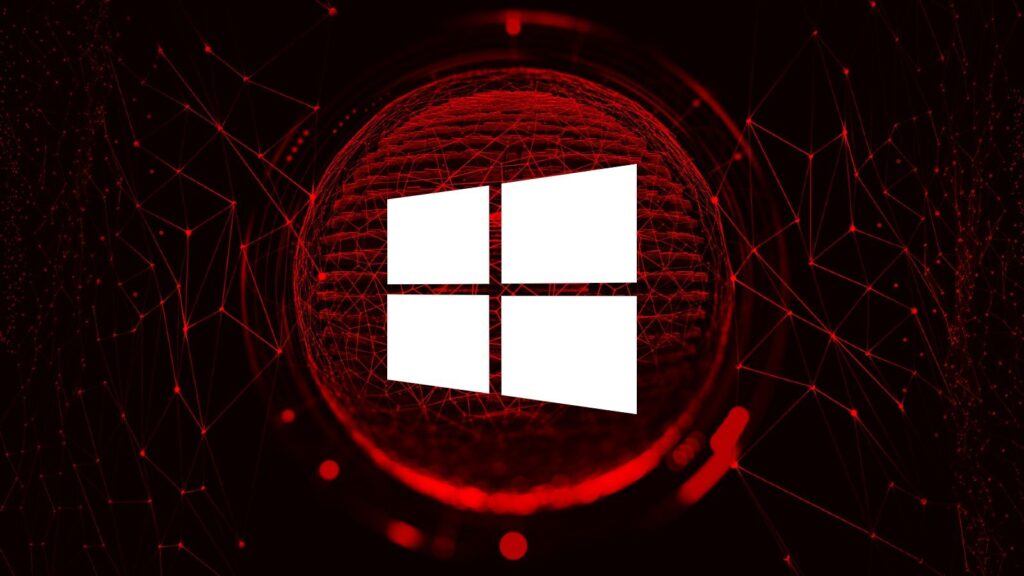Microsoft announced that the Windows 11 SMB server is now better protected against brute-force attacks with the release of the Insider Preview Build 25206 to the Dev Channel.
Redmond has enabled the SMB authentication rate limiter by default and tweaking some of its settings to make such attacks less effective, starting with the latest Windows 11 Insider dev build.
“With the release of Windows 11 Insider Preview Build 25206 Dev Channel today, the SMB server service now defaults to a 2-second default between each failed inbound NTLM authentication,” explained Ned Pyle, Principal Program Manager in the Microsoft Windows Server engineering group.
“This means if an attacker previously sent 300 brute force attempts per second from a client for 5 minutes (90,000 passwords), the same number of attempts would now take 50 hours at a minimum.”
Once toggled on, this feature adds a delay between each failed NTLM authentication as extra protection for the SMB server service.
“The goal here is to make a Windows client an unattractive target either when in a workgroup or for its local accounts when joined to a domain,” added Microsoft’s Amanda Langowski and Brandon LeBlanc.
Although the SMB server will be launched automatically on all Windows versions, it will only be exposed to the Internet if the firewall is opened manually or a customer SMB share is created to open it.
[embedded content]
How to enable on Windows Server
The SMB authentication rate limiter was first introduced in March in Windows Server, Windows Server Azure Edition, and Windows 11 Insider builds, although not enabled by default.
To take advantage of the boost of protection against brute-force attacks on systems running Windows Server, admins have to enable it manually using the following PowerShell command (where n is the delay time between each failed NTLM auth attempt):
Set-SmbServerConfiguration -InvalidAuthenticationDelayTimeInMs n
“This behavior change has no effect on Kerberos, which authenticates before an application protocol like SMB connects. It is designed to be another layer of defense in depth, especially for devices not joined to domains such as home users,” Pyle added.
Today’s announcement comes after Microsoft revealed several other SMB security enhancements in recent years, including toggling the 30-year-old SMBv1 file-sharing protocol by default (for some users) and SMB over QUIC reaching general availability in Windows 11 and Windows Server 2022.
“We will harden, deprecate, or remove many legacy SMB and pre-SMB protocol behaviors over the next few major releases of operating systems in a security modernization campaign, similar to the removal of SMB1,” Pyle concluded.







